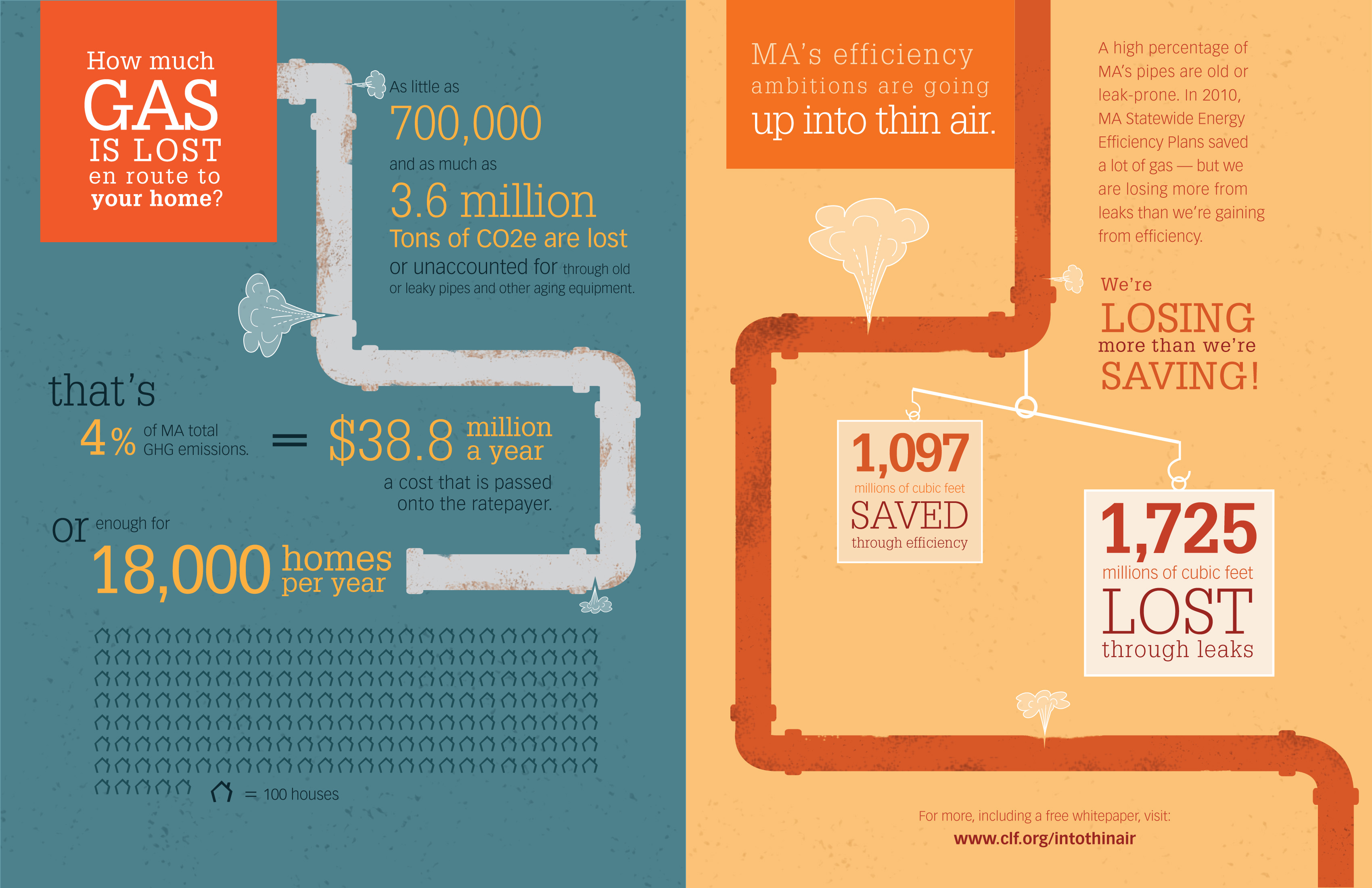The Duty Of Roof Covering Ventilation In A Successful Setup
The Duty Of Roof Covering Ventilation In A Successful Setup
Blog Article
Authored By-Byrne Manning
When you're tackling a roof job, you could not believe much about roof covering air flow, but it's even more vital than you understand. Effective air flow assists manage temperature level and dampness in your attic room, protecting against issues like mold and mildew and structural damages. By understanding just how to design and set up a balanced ventilation system, you can boost power efficiency and prolong the lifespan of your roofing materials. So, what are the key elements to think about during setup that can make all the distinction?
Importance of Roofing System Ventilation
Roofing system ventilation plays a critical function in preserving the general health and wellness of your home. By enabling fresh air to circulate with your attic, it aids control temperature level and dampness degrees. This balance is essential to avoid heat accumulation throughout warm months, which can bring about boosted energy prices as your cooling burns the midnight oil.
Additionally, appropriate air flow significantly lowers the risk of moisture-related problems like mold and mildew and mildew. If humidity degrees rise, your home's architectural integrity can be compromised, causing costly repair services. You would not want to take care of deteriorating timber or distorted roof products, right?
In addition, sufficient ventilation expands the lifespan of your roofing system. When warmth and moisture are kept in check, your roofing system can carry out optimally, protecting against premature wear and tear. This suggests fewer frustrations and expenses down the line.
Just How Roofing Ventilation Functions
Efficient roof ventilation relies on the all-natural movement of air to produce a balance in between consumption and exhaust. When you install vents, you're basically enabling fresh air to enter your attic room while making it possible for hot, stale air to escape. This process aids manage temperature and wetness levels, avoiding problems like mold and mildew growth and roof covering damage.
Intake vents, normally located at the eaves, pull in cool air from outdoors. On the other hand, exhaust vents, located near the ridge of the roofing system, let hot air increase and leave. The distinction in temperature develops a natural air flow, referred to as the pile impact. As warm air increases, it creates a vacuum cleaner that pulls in cooler air from the lower vents.
To enhance this system, you require to make sure that the consumption and exhaust vents are appropriately sized and positioned. If the intake is restricted, you will not attain the desired air flow.
Also, not enough exhaust can catch heat and wetness, leading to prospective damages.
Key Installation Considerations
When mounting roofing air flow, a number of crucial factors to consider can make or break your system's efficiency. Initially, https://arthuridwrk.blogchaat.com/34011642/the-ultimate-overview-to-roofing-choosing-the-right-products-for-your-home require to examine your roofing system's layout. The pitch, shape, and products all affect airflow and air flow selection. Make sure to select vents that suit your roofing system kind and local climate problems.
Next, think about the positioning of your vents. Ideally, you'll want a well balanced system with consumption and exhaust vents placed for optimum air movement. Location consumption vents low on the roof covering and exhaust vents near the height to encourage an all-natural circulation of air. https://www.altenergymag.com/story/2020/06/generac-introduces-pwrzone-to-simplify-and-optimize-rooftop-solar-system-design/33361/ protect against moisture accumulation and advertises energy efficiency.
Do not forget about insulation. Proper insulation in your attic avoids warm from leaving and keeps your home comfortable. Guarantee that insulation does not block your vents, as this can prevent air flow.
Lastly, think about upkeep. Select ventilation systems that are simple to gain access to for cleaning and examination. Routine upkeep guarantees your system remains to work properly gradually.
Conclusion
Finally, roof ventilation is vital for an effective installment. By guaranteeing correct air flow, you can prevent warm accumulation and dampness concerns that result in expensive damages. When you strategically position consumption and exhaust vents, you improve power effectiveness and lengthen the life expectancy of your roofing. Keep in https://andersonpjezt.blogdun.com/34599746/get-ready-to-reveal-the-unanticipated-prices-of-roof-setup-and-master-the-art-of-budgeting-for-your-home-improvement-venture , a well-ventilated roofing not only protects your investment but likewise boosts your indoor air top quality. So, prioritize ventilation to make sure a resilient and economical roof for your home.
